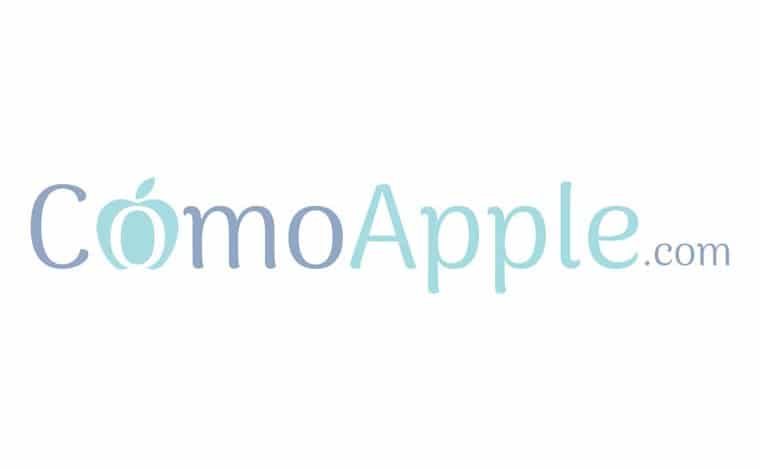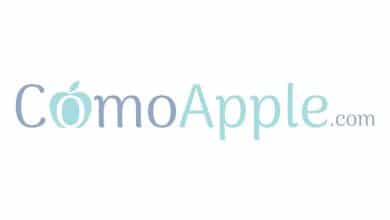
To fix the “No Bootable Device” error, you can try repairing the Boot Camp partition—steps are as follows: a) Turn on your Mac, then immediately press and hold Command + R keys. Release them when the Apple logo appears. Your Mac boots into macOS Recovery mode.
Moreover, why does my Mac say no bootable device? This error is caused by UEFI trying to boot from an NTFS disk inserted into your Mac instead of Mac system disk.
Beside the above, how do I fix no bootable device insert boot disk without disk?
- User Case.
- How to Fix No Bootable Device Insert Boot Disk and Press Any Key. Fix 1. Change the Boot Mode to UEFI. Fix 2. Take Out CMOS Battery to Make the Device Back to Factory Settings. Fix 3. Reset the Boot Manager via Command Prompt. Fix 4.
- Best Way to Protect System from Failing to Boot Again. Summary.
Also know, how do I fix non bootable device?
- Method 1. Remove and connect back all hardware components.
- Method 2. Check boot order.
- Method 3. Reset primary partition as active.
- Method 4. Check internal hard disk status.
- Method 5. Fix boot information (BCD and MBR)
- Method 6. Recover deleted boot partition.
Also, how do I fix no bootable device insert boot disk and press any key? Change Boot Mode As such, you will need to switch back to Legacy Mode to resolve the issue. Changing the boot mode on your system will not have any effects on your system since you are already facing the problem in question. Therefore, you should try changing your boot mode to see if that resolves the issue.As you may already know, the EFI System Partition or ESP is a special partition on a Mac from which the initial system boot-time device drivers can be loaded and that was created as a BIOS replacement. This means that if there are issues with the EFI partition, then problems arise.
How do I choose what operating system my Mac is on at startup?
If you’re using a Mac notebook computer with an external keyboard, make sure you press and hold the Option key on the built-in keyboard. in the right side of the taskbar, click the Boot Camp icon , then choose Restart in macOS. This also sets the default operating system to macOS.
Why does my laptop say no bootable device insert boot disk?
“No Bootable Device – Insert Boot Disk” is a Windows error that probably no one would want to see on their screen. The error simply means that your system has failed to locate the boot drive and can’t find the necessary boot files.
What does boot disk failure mean?
If you receive the ‘disk boot failure’ error message, it’s because your machine can’t find the operating system and, therefore, is unable to boot. The error occurs because the BIOS is unable to find a bootable drive in order to start up your machine.
How can I make my device bootable?
- Insert a USB flash drive into a running computer.
- Open a Command Prompt window as an administrator.
- Type diskpart .
- In the new command line window that opens, to determine the USB flash drive number or drive letter, at the command prompt, type list disk , and then click ENTER.
What does it mean no boot device available?
When you turn on a PC and the screen displays “no boot device available,” it means the computer cannot find a hard drive with an installed operating system or a boot disc such as a Windows install disc. Without an operating system, the computer cannot start.
Why do we need a bootable device?
The most commonly used boot device or boot drive is the hard drive. When an operating system (e.g., Microsoft Windows) is installed on the hard drive, it copies the boot files and drivers required to load Windows on the computer.
How do I force my Mac to boot from USB?
Press and hold the “Option” key when you hear the startup sounds—this will bring you to the Startup Manager. Once the Startup Manager appears, you can release the Option key. Startup Manager will then start scanning your device for drives it can boot from, including your USB.
How do I get EFI on my Macbook Pro?
If you have a Power PC processor, you don’t have the EFI interface, but you can access the Open Firmware shell by holding down Command, or Apple, and Option at the startup screen.
Where is boot EFI on Mac?
On a non-T2 Mac booting from an APFS disk, the boot loader is the file named boot. efi on the Preboot volume /dev/disk1s2. This is found in a folder named by UUID, which in turn matches the root volume, in the path /System/Library/CoreServices again.
How do I reinstall my Mac startup disk?
Restart your Mac, and press Command + R, while it’s restarting. Select Disk Utility from the macOS Utilities menu. Once Disk Utility has loaded, choose the disk you wish to repair – the default name for your system partition is generally “Macintosh HD”, and choose ‘Repair Disk’.
How do I restore my MacBook Pro to factory?
- Make a fresh backup of your Mac.
- Open System Preferences.
- Click System Preferences in the menu bar > Erase All Contents and Settings.
- Follow the prompts to fully erase your Mac.
- Like iOS, the new erase process in macOS Monterey handles everything to fully wipe your Mac.
How do I reset my Mac startup disk?
- On your Mac, choose Apple menu > System Preferences, then click Startup Disk . Open Startup Disk preferences for me. If the lock at the bottom left is locked , click it to unlock the preference pane.
- Click the icon of the disk you want to use, then click Restart.
How do I boot my laptop without a disk?
At startup/power on you should see at the bottom of the screen either F2 or DELETE, to go into Bios/Setup, or F12 for the Boot Menu. When you have changed that, insert that Bootable Disk you have made in the Drive, and reboot.
How do I fix a corrupted boot disk?
- Start the system to the installation media for the installed version of Windows.
- On the Install Windows screen, select Next > Repair your computer.
- On the Choose an option screen, select Troubleshoot.
- On the Advanced options screen, select Startup Repair.
What are the causes of boot failure?
Causes of Windows Disk Boot Failure Incorrect Boot Order in BIOS: A device that doesn’t have the OS ranks first in the boot sequence. Damaged operating system: The operating system is corrupted and BOIS can’t recognize it. Corrupted system disk: The system hard drive is damaged, unreadable, or unrecognizable.
How can I tell if my USB is bootable?
Check USB Drive Bootable Status from Disk Management Select the formatted drive (disk 1 in this example) and right-click to go to “Properties.” Navigate to the “Volumes” tab and check the “Partition style.” You should see it marked with some kind of boot flag, such as Master Boot Record (MBR) or GUID Partition Table.
Which software is best for bootable USB?
- Rufus. RELATED: How to Create a Bootable Linux USB Flash Drive, the Easy Way.
- UNetbootin.
- Ubuntu Startup Disk Creator.
- Universal USB Installer.
- WiNToBootic.
- Windows Bootable Image (WBI) Creator.
- WinToFlash.
- XBoot.
How can I make my USB bootable to normal?
- Press Windows + E keys to open File Explorer. Under “This PC” section, find the bootable USB flash drive.
- Right click on the bootable USB flash drive.
- Choose the file system NTFS or FAT32 and the allocation unit size (as per your need).
- Finally, hit the “Start” button.
Where is the boot drive located?
The BIOS contains the boot device sequence for your laptop or desktop computer, and the first boot device is usually the system drive (Windows partition). It also contains the hardware address of the hard disk and the instruction sets needed to read the hard drive master boot record (MBR) or boot sector.
How do I find my boot drive?
All replies. You can open up disk management with diskmgmt. msc and under the Status column look for the disk that has “Boot” in it.
Is there a BIOS on a MacBook Pro?
Although MacBooks aren’t technically outfitted with BIOS, they are supported by a similar boot firmware used by Sun and Apple called Open Firmware. Open Firmware is stored is the first executed program on your MacBook and acts as the platform for Mac OS X.
How do I remove the EFI lock on my MacBook Pro?
Restart your Mac while holding down the Command + R keys to enter Recovery Mode. When the Utilities screen appears, go the Utilities menu bar, and select “Firmware Password Utility”. Choose to turn the Firmware Password off.
Does a Mac have a BIOS?
Opening BIOS In Mac Technically, Macbooks don’t come with BIOS, but they have a similar boot firmware called Open firmware or Extensible Firmware Interface. They serve the same purpose as BIOS. You should be extra careful while you are making changes to this interface. One mistake can damage your Macbook permanently.
How do I reinstall macOS without recovery mode?
Start up your Mac from a shut down state or restart it, then immediately hold down Command-R. The Mac should recognize that there’s no macOS Recovery partition installed, show a spinning globe. You should then be prompted to connect to a Wi-Fi network, and you enter a password.
How do I fix a corrupted macOS?
- Repair the Corrupted Hard Drive Using Disk Utility.
- Initiate the FSCK Command.
- Try Free Software to Recover Mac Hard Drive Data.
- Recover from a Time Machine backup drive.
- Hire a hard drive recovery service for Mac.
